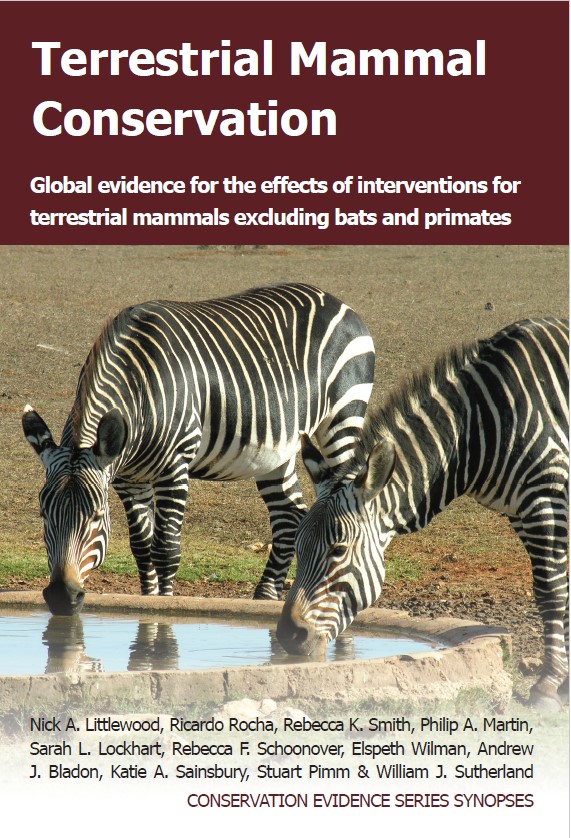Retain dead trees after uprooting
-
Overall effectiveness category Unknown effectiveness (limited evidence)
-
Number of studies: 1
View assessment score
Hide assessment score
How is the evidence assessed?
-
Effectiveness
60% -
Certainty
20% -
Harms
0%
Study locations
Supporting evidence from individual studies
A replicated, controlled study in 1965–1968 of pinyon-juniper forest at a site in New Mexico, USA (Kundaeli & Reynolds 1972) found that where trees were uprooted but left on site, more desert cottontail Sylvilagus auduboni faecal pellets were counted than in fully cleared areas. Results were not tested for statistical significance. Where uprooted trees were left, there were 3.2 cottontail pellets/ft2 compared to 1.0 pellets/ft2 where trees were uprooted and burned. In each of two blocks, there was one plot with all trees uprooted and left on site and one with all trees uprooted, piled up and burned. Plots covered 300–500 acres each. Treatments were carried out in 1965. Cottontail pellets were counted on randomly selected sample points on belts of l/400 acre within the middle of each plot, in 1968.
Study and other actions tested
Where has this evidence come from?
List of journals searched by synopsis
All the journals searched for all synopses
This Action forms part of the Action Synopsis:
Terrestrial Mammal Conservation
Terrestrial Mammal Conservation - Published 2020
Terrestrial Mammal Conservation





)_2023.JPG)














